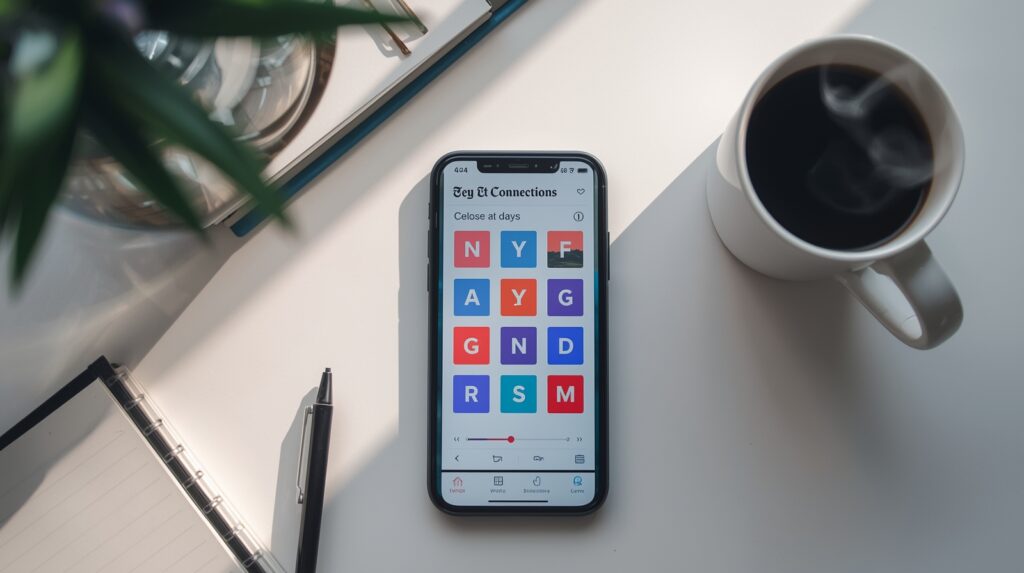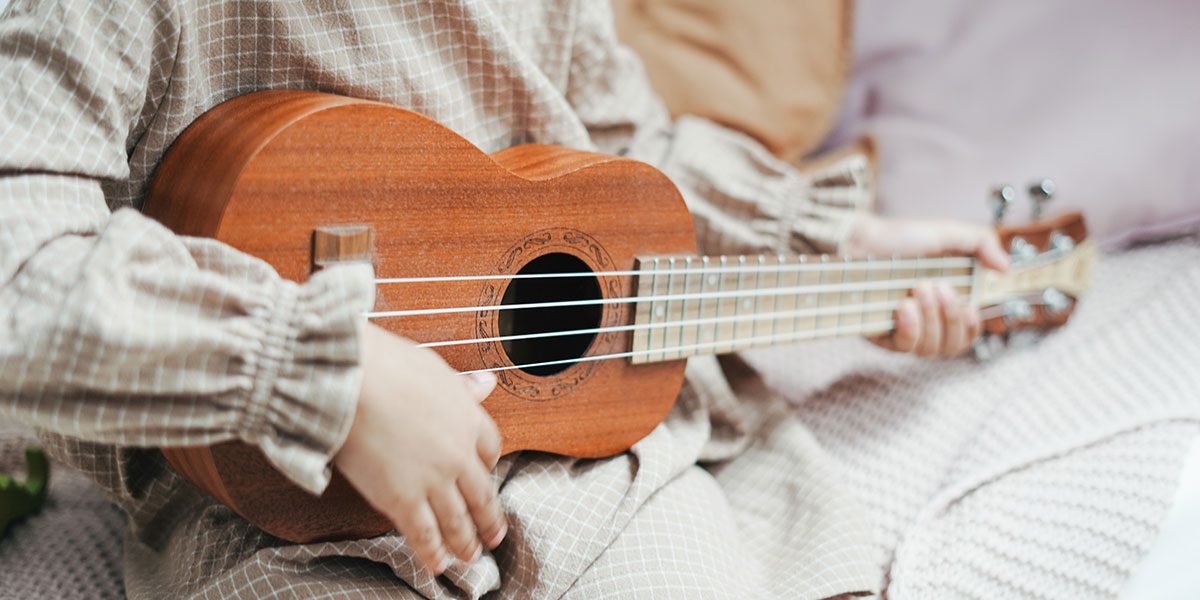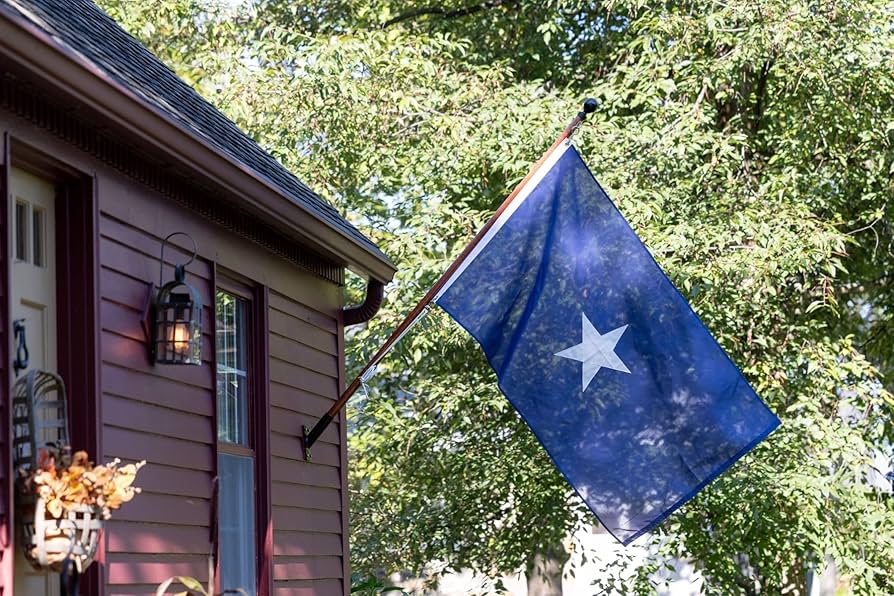If you’ve found yourself staring at 16 words on your screen, convinced they’re speaking a language you don’t understand, you’re not alone. The New York Times’ Connections game has become a daily obsession for puzzle enthusiasts worldwide, and sometimes, we all need a little help. That’s where a connections hint becomes your best friend.
What Makes a Good Connections Hint?
The beauty of Connections lies in its deceptive simplicity. Four groups of four words, each connected by a common thread. Sounds easy, right? But here’s the twist: the game’s creators are masters of misdirection, planting red herrings and double meanings that can send even seasoned players down the wrong path.

A quality connections hint doesn’t just give away the answer—it gently nudges your brain in the right direction. It’s the difference between someone shouting the solution and a friend tapping your shoulder to say, “Have you thought about looking at it this way?”
The Art of the Strategic Hint
Start with Category Clues
The most helpful connections hint often begins with the category itself. Instead of revealing which words go together, a good hint might tell you what kind of connection you’re looking for:
- “Think about things you’d find in a specific room”
- “Consider words that share a common prefix or suffix”
- “These all relate to a particular movie or TV show”
- “Look for items that belong to the same brand”
This approach keeps the solving experience intact while giving your brain the framework it needs to make those crucial connections.
Understanding Difficulty Levels
Connections uses a color-coded system: yellow (easiest), green (medium), blue (harder), and purple (trickiest). A smart connections hint strategy acknowledges these difficulty levels. If you’re stuck, start by seeking hints for the yellow category—nailing that first group often illuminates the rest of the puzzle.
The purple category deserves special attention. This group frequently involves wordplay, phrases where one word is missing, or extremely abstract connections. A connections hint for purple might be more cryptic: “Think about what these words sound like” or “Consider what word could come before or after each of these.”
Where to Find the Best Connections Hints
Official Sources
The New York Times occasionally offers subtle hints within the game itself. The “shuffle” button isn’t just for rearranging words—sometimes seeing words in a different spatial relationship can trigger that “aha!” moment. Think of it as a built-in connections hint mechanism.
Community Resources
Online communities have sprung up around Connections, with players sharing spoiler-free hints. These communities understand the delicate balance: providing enough guidance to prevent frustration without robbing you of the satisfaction of solving.
The best community connections hint threads use spoiler tags and progressive disclosure, offering increasingly specific hints so you can choose your level of assistance.
Creating Your Own Hint System

Serious Connections players develop personal strategies for when they need a mental push:
The Timer Method: Set a five-minute timer. If you haven’t made progress, allow yourself one connections hint—but make it vague. “One group involves a type of music” might be all you need.
The Elimination Strategy: Instead of seeking hints about what words go together, look for hints about what categories definitely aren’t present. Knowing you can rule out “things found in a kitchen” can be just as valuable as knowing what the actual category is.
The Buddy System: Playing with a friend creates a natural connections hint partnership. When one person is stuck, the other can offer perspective without revealing answers: “I see something connecting three of those words. What do they have in common?”
The Psychology Behind Effective Hints
Why do we need hints in the first place? Connections exploits cognitive biases brilliantly. We see what we expect to see. If you’re convinced four words relate to sports, you’ll force connections that aren’t there while missing the obvious culinary theme staring you in the face.
A well-crafted connections hint breaks these mental patterns. It says, “The path you’re on isn’t working—try a different route.” It’s not about being smarter; it’s about shifting perspective.
Hint Etiquette for Players
If you’re sharing a connections hint with someone:
- Ask permission first: Some players prefer the struggle
- Start vague: “One category relates to entertainment”
- Use the progressive disclosure method: Offer increasingly specific hints only if needed
- Never spoil uninvited: Respect the puzzle-solving experience
When to Accept You Need a Hint
There’s no shame in seeking a connections hint. The goal is enjoyment, not torture. If you’ve been staring at the puzzle for 20 minutes and your coffee is cold, it’s hint time. The game should challenge you, not ruin your morning.
Some players set personal rules: “I’ll try for 15 minutes, then allow myself one hint.” Others prefer to solve independently but will check hints after completing (or failing) the puzzle to understand what they missed.
Advanced Hint Techniques
For puzzle creators and serious players, understanding what makes an effective connections hint is an art form:
The Socratic Hint: Pose a question rather than make a statement. “What do these words sound like when you say them out loud?” This engages active problem-solving rather than passive reception.
The Category Narrowing: “This isn’t about the words themselves, but what you can do with them.” This type of connections hint eliminates false paths while maintaining the challenge.
The Cultural Context Clue: “If you watched TV in the 90s, one group will click immediately.” This helps players activate the right knowledge domain without revealing the specific connection.
The Perfect Balance
The ideal connections hint lives in a sweet spot: specific enough to break your mental logjam, vague enough to preserve the joy of discovery. It’s a lighthouse in the fog, not a GPS dictating every turn.
Whether you’re seeking hints or providing them, remember that Connections is ultimately about the pleasure of pattern recognition. A good hint enhances that pleasure by ensuring frustration never outweighs fun.
So the next time those 16 words seem impossibly scrambled, don’t despair. Seek a thoughtful connections hint, let it guide your thinking, and enjoy that satisfying moment when everything suddenly clicks into place. Because that moment—that glorious instant of clarity—is what keeps us coming back day after day, ready to be puzzled all over again.



